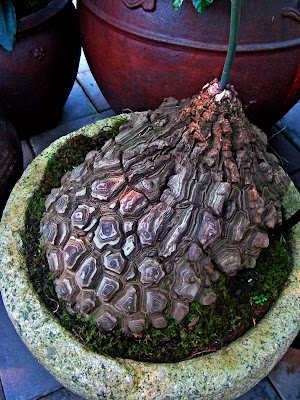See if you can find these items that were used to construct these buildings:
Audio cassette tapes, beads, buttons, cheese grater, chess pieces: queen, pawns, chopsticks, Christmas lights, motherboard circuit boards, clothespin, compact discs, corks, dentures, dice, dominoes, electric plugs, fire alarm, floppy disks, forks, Ghirardelli Chocolate wrapper, hors d’oeuvres forks, keyboard keys (1,000 of them!), kitchen timer dial, mah jong tiles, mini blinds, notice board letters, picture frame, plastic take-out bowl, poker chip, red monkeys, salt shaker, Scrabble tiles, spoons, Stratego game pieces, switch plates and electrical outlet plates, tape measure, thread spools, video cassete tapes, yard stick.
Here is their rendition of the Conservatory of Flowers. You can see photo of the actual one in my last two posts.
The Golden Gate Bridge:This is the Ferry Building. See a photo of the actual building here.
This is the Federal Reserve Bank. See a photo of the actual building here.
The Transamerica Pyramid building. Photo of actual pyramid here.
Coit Tower. Photo of actual tower here.
Gate of Chinatown. Photo of the actual gate here.
Ghirardelli Square. Photo of actual building here.
Mission Dolores. Actual mission here.
Japan town. Actual here.
Merchant Exchange Building. Actual here.
If you need more clues, there are more photos, including some close-ups, on my Flickr account here. I hope you had fun.






























































